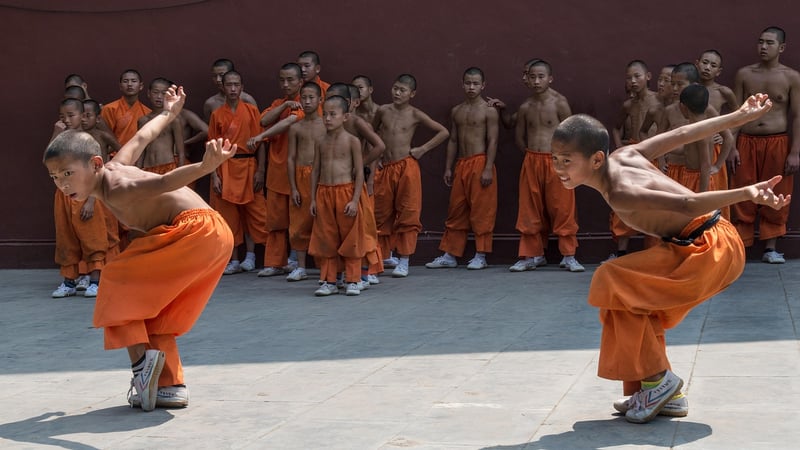Wu/Hao Style
The Art of Chinese Martial Arts: Exploring the Wu/Hao Style
Chinese martial arts, also known as Kung Fu, is a traditional form of combat that has been practiced for centuries. Within the vast world of Chinese martial arts, there are various styles that practitioners can learn and master. One such style is the Wu/Hao Style, which is renowned for its unique techniques and principles.
Origins of Wu/Hao Style
The Wu/Hao Style, also known as Wu (Hao) Tai Chi Chuan, is a traditional form of Tai Chi that originated in China. It was created by Wu Yuxiang and his nephew, Wu Quanyou, during the Qing Dynasty. The style focuses on slow, deliberate movements and emphasizes internal energy cultivation.
Characteristics of Wu/Hao Style
One of the distinguishing features of the Wu/Hao Style is its compact and precise movements. Practitioners of this style often focus on small frame movements, making it suitable for practitioners of all ages and body types. The style also places a strong emphasis on relaxation and the integration of mind and body.
Benefits of Practicing Wu/Hao Style
- Improved balance and coordination
- Enhanced flexibility and strength
- Stress relief and relaxation
- Increased focus and concentration
- Internal energy cultivation
Training in Wu/Hao Style
Training in the Wu/Hao Style involves learning a series of forms or routines that consist of various movements and postures. These forms are practiced slowly and mindfully to develop proper alignment, balance, and internal energy flow. Additionally, practitioners often engage in partner drills and applications to understand the practical self-defense aspects of the style.
Conclusion
The Wu/Hao Style of Chinese martial arts offers a holistic approach to health, self-defense, and personal development. Whether you are looking to improve your physical fitness, reduce stress, or delve deep into the art of Tai Chi, practicing the Wu/Hao Style can provide a fulfilling and enriching experience.

Explore the beauty and grace of Chinese martial arts by immersing yourself in the timeless tradition of the Wu/Hao Style.
For more information on Chinese martial arts and the Wu/Hao Style, visit Wu-style Tai Chi Chuan - Wikipedia.
